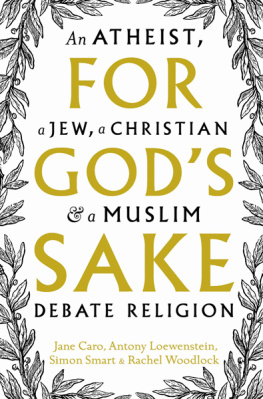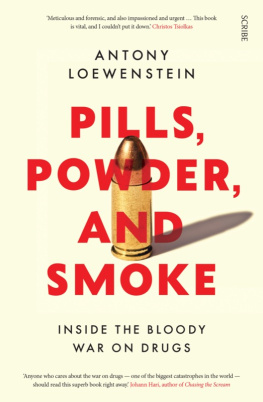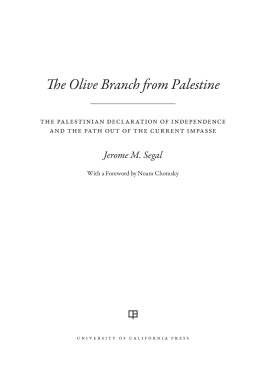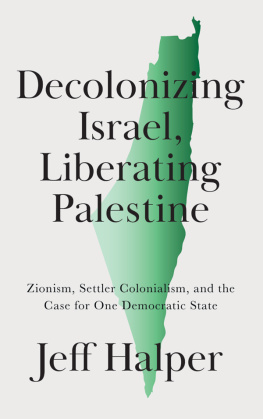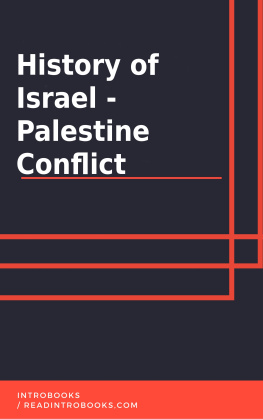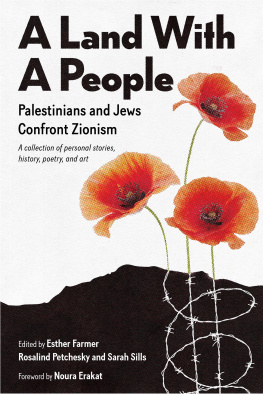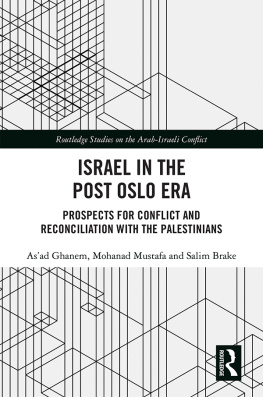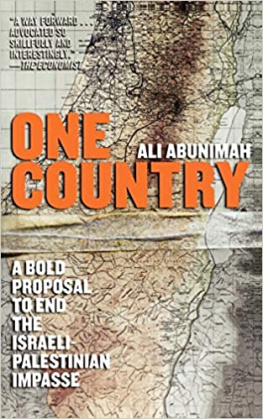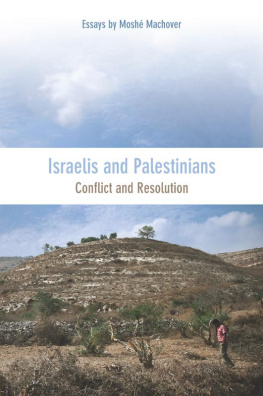After Zionism
ONE STATE FOR ISRAEL AND PALESTINE
Edited by
Antony Loewenstein and Ahmed Moor
SAQI
Contents
Introduction
Ahmed Moor and Antony Loewenstein
The last fifteen years have seen the Middle East change in profound ways. The Al-Aqsa Intifada marked the end of the 1990s, the Oslo Process and bled into the twenty-first century. It brought widespread cultural and political change for the Palestinians and Israelis. In Israel, society shifted drastically to the Right as the Left disintegrated and the occupation became more deeply entrenched. The transformation found broad expression in a new consensus: that the Palestinians must be shut out and forgotten. The status quo was permanent.
Although the Arab Spring has brought a range of new possibilities, and hopeful freedom for Egyptians, Libyans, Tunisians and others, Palestinians have yet to feel tangible change.
The settlers in Israel have always had an outsized impact on their society. This partly has to do with the way in which majorities are cobbled together in the Israeli Knesset but it is also because of deliberate Israeli government policy. Virtually every Palestinian has witnessed the accelerated rate of land theft and growth of illegal settlements in the Gaza Strip and the West Bank on a first-hand basis. The conquest of Palestinian land typically occurs in the presence of an army patrol, acting on official orders, protecting state machinery; there is never anything rogue about what the settlers do.
Until 2005 Jewish fundamentalists who form the ideological core of the settler movement in the West Bank and Gaza were contented by the arrangement. It was only when former Israeli Prime Minister Ariel Sharon decided to extract roughly 8,000 of them from the Gaza Strip that the arrangement ceased to be comfortable. It did not matter to the settlers that Sharon was working to buttress their interests by placing the peace process in formaldehyde. All that was relevant was that the state had exhibited a willingness to defy the settler community.
In any event, Sharon succeeded. The peace process was frozen at the level of the American government. It was during that period that the second intifada faded from Israeli consciousness and the good life returned to Tel Aviv.
The average Israeli became less liberal and more likely to hold right-wing views than ever before, a fact reflected by the election of Benjamin Netanyahu in 2009. The mainstream Left even backed ongoing colonisation despite the rhetoric claiming to believe in two-states; forgetting the Palestinians existed was easy for them.
The general apathy or malice directed at Palestinians worked to further empower the settlers who had learned the lessons of 2005 well. They worked successfully to place their representatives in high posts in the cabinet and infused the army with their numbers. Today, in 2012, any move to evict large numbers of settlers from the West Bank will likely be met by mass insubordination.
It is a fact that the fathers of the movement, such as Ariel Sharon and Shimon Peres, understood all too well. The occupation was never meant to be temporary. It was never about security. It was always about establishing irreversible facts on the ground.
A key tenet of Zionism is expansion and demographic majority. Although the founders of the state could never have imagined the exact trajectory of twentieth-century history, post-1967 Israeli behaviour has followed Yishuv logic: more land, fewer Palestinians.
Among the Palestinians, the second intifadas renewed focus on armed resistance and suicide bombings resulted in political isolation and the destruction of Palestinian society. It also provided Israel with an opportunity to distract from the fact that its colonisation of the West Bank was proceeding apace. The occupation was endorsed, funded, defended and built with Israeli and foreign money. Tragically, since the Oslo period, the international community has funded the Palestinian Authority, a body designed to manage the occupation for Israel. It is an arrangement that suits the Zionist state well.
The tragedy deepened for the Palestinians when the man who embodied the struggle the international symbol of their aspirations was besieged in his compound by the Israelis for more than two years. Yasser Arafat was deprived of his dignity right up until the weeks preceding his death. His indignity was something that many Palestinians felt acutely, both at a symbolic level and in their own lives.
Subsequent years brought political divisions between them. The fissure that existed between Fatah and Hamas under Arafat burst into armed conflict after his death. The violence worsened after Hamas won parliamentary elections in 2006. The following year saw the Islamic movement pre-empt a Fatah coup, and with that the Palestinian political body split along geographical lines. Fatah held the West Bank with Israeli and American help, while Hamas continued to govern the Gaza Strip.
By 2007 it became clearer than ever that any talk of a two-state solution was empty. The combined effect of a ravenous colonisation project in the West Bank and deep internal Palestinian divisions both highlighted the reality. At the same time, Palestinian calls for equal rights were gaining in strength. And the Boycott, Divestment and Sanctions movement appeared to provide an opening for a different kind of resistance to the occupation.
Outside Israel and Palestine, global discussion about the conflict began to shift. Although the mainstream media still sympathised with the Zionist narrative, it wasnt so uncommon to hear the occasional call for the one-state solution and Palestinian Right of Return or even confederal alternatives. And social media reporting from the West Bank and Gaza offered the world on the ground insights that made it impossible to deny the daily, harsh reality for Palestinians.
We Antony Loewenstein and Ahmed Moor first began discussing this anthology in the autumn of 2010. Adam Horowitz and Phil Weiss, the editors of the Mondoweiss website, introduced us at a time when so much in Israel and Palestine was changing and connections between people on different continents were quickly deepening thanks to the Internet. Indeed, that is as true today as it was two years ago.
Ahmed is a Palestinian American who grew up in Palestine and understands the disastrous effects of the Israeli occupation. Antony is an Australian Jew who was brought up expecting to believe in Zionism and the Israeli state but by his late teens started to question its legitimacy. We come together on this book not because we agree on everything we dont but because of a shared belief that Jews and Palestinians are destined to live and work together, whatever our differences in background, ideals and daily life. We are connected by a desire to see peace with justice for our peoples.
To us, it seemed that the conversation about the end of the Oslo process and what may come afterwards was widespread. New sources of web information like Electronic Intifada, Mondoweiss and dissenting Israeli and Palestinian bloggers and tweeters were forcing a fresh openness in the discussion of the facts in Israel/Palestine. More and more people seemed to recognise that the obstacles to the emergence of a Palestinian state were deep, enduring, and growing. Despite that, most mainstream media coverage in America continued to talk about a peace process, supposedly generous offers by Israel and America to the Palestinian leadership, and ongoing terrorism by Palestinians in Gaza and the West Bank.
We are frustrated with the largely myopic journalism that appears from the region. Palestinians are often portrayed as savages, terrorists or just faceless people. Israelis are the peace-seeking, aggrieved party. Neither stereotype is even remotely true and the web has cracked this illusion. New and younger voices such as anti-Zionist Israelis, Palestinian bloggers in Gaza, western peace activists and non-violent Palestinian leaders in the West Bank are being heard online. They deserve wider coverage.



